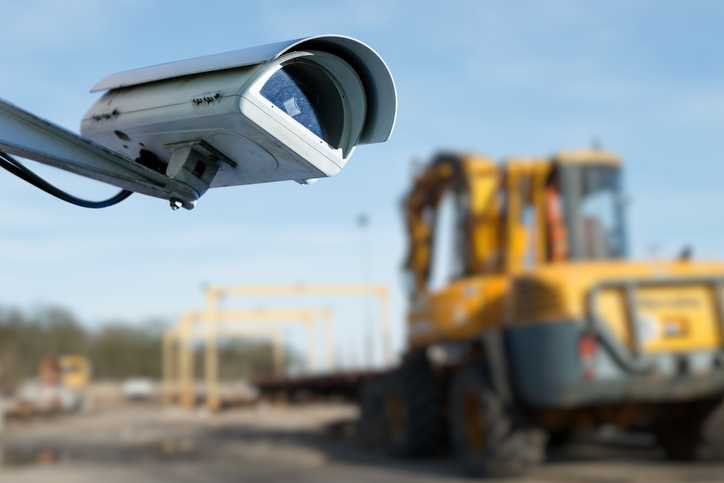Plant theft is at an all-time high: Here are five ways to reduce the risk

UK plant theft is currently at an all-time high with an 80% increase in enquiries relating to stolen machinery being reported over the past 12 months.
Construction sites, farms and agricultural businesses typically have high-value assets such as machinery, vehicles, tools, and equipment stored on site, and they are also often situated in remote and/or rural locations. This makes them very easy targets for criminal gangs and opportunistic thieves who are, thanks to the cost-of-living crisis, becoming more active and increasingly reckless in their criminal pursuits. The cost of rural crime last year was up by £9m, an increase of 22% on 2022 figures, largely due to the huge rise in machinery theft. Thefts from construction sites are reported to cost the industry well over £800 million a year.
These statistics are alarming, but perhaps not unsurprising given the current economic climate in the UK. Brexit, the pandemic, extreme weather events and the war in Ukraine have resulted in a shortage of construction workers6 on site, ongoing supply chain issues, delays to projects and hefty increases to the costs of materials and equipment. This means that expensive tools and machinery are not always in constant use, they’re on sites for longer periods of time, and are less secure because sites are not as busy.
Taking all of this into account, it’s easy to see why plant theft is on the rise. However, there are some easy steps you can take now to reduce the risk of becoming a victim of plant theft, and we’ve detailed five of them below.
1. Increase your security
Deter thieves by increasing your security measures. Install gates, locks, fencing, CCTV, and motion lights and make sure that these are regularly inspected, tested and maintained. Consider employing a security guard at night for particularly large or vulnerable sites.
Lock your equipment, tools, and machinery away securely when they are not in use. If you’re able to, invest in secure containers or storage units. Security measures should be regularly reviewed assessed, and updated to ensure that you stay one step ahead of the thieves.
2. Carry out an inventory
Mark and label tools, machinery and equipment with unique identification marks or numbers and make them obvious. Photograph and/or video your property and keep an up-to-date inventory of all your assets. This makes the items much less appealing to thieves and makes it much more likely that your property, if recovered, will be returned to you.
3. Track your equipment
Fit your machinery and vehicles with GPS trackers or register with schemes such as CESAR. Some trackers have in-built immobilisation which means that if the machinery or vehicle is moved, the owner will immediately receive an alert call via the app.
4. Educate your workers
Make everyone on site aware of their own responsibility for security and ensure that they have been trained in security measures. Make at least one person on site ultimately responsible for monitoring site security and check in with them regularly.
5. Ensure you have the right cover
Speak to your insurance provider and make sure that you have the right cover in place to protect you. Due to the rising costs of materials and equipment your current policy may no longer be enough to cover the cost of replacements. Your insurance provider will be able to advise you of the level of cover that you need and support you if you have to make a claim.
By combining these strategies, construction firms, farms and agricultural businesses can create a more secure environment and drastically reduce the risk of plant theft at their sites.





